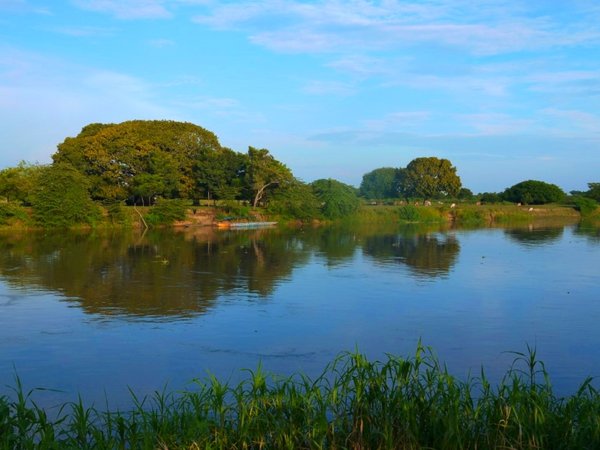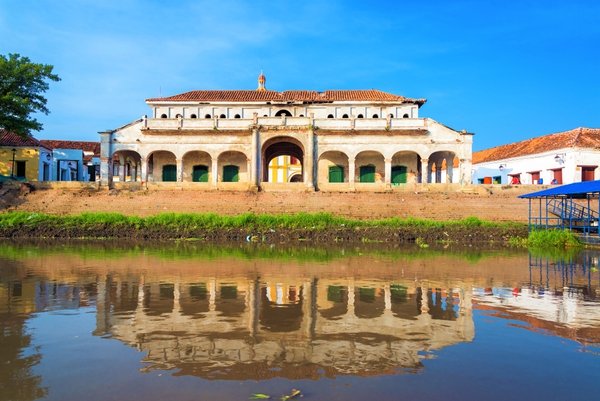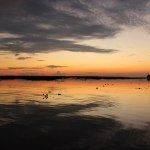
The Amazon

Medellin and Antioquia

The Atlantico

Bogota and Surroundings
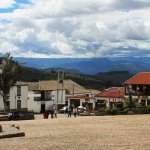
The Boyaca

Cartagena

Los LLanos

César

The Pacific Coast

Darién

La Guajira

Huila & Cauca

Carribean Islands

The Sierra Nevada and the Tayrona Park

The Meta

Mompox

Nariño and Putumayo

The Norte Santander

The Coffee Region

San Andres & Providencia

The Santander
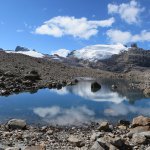
The Sierra Nevada del Cocuy

Le Tolima

The Valle del Cauca
Our favourite destinations

1. The Amazon
The Amazon
At the borders of Brazil and Peru, the Colombian Amazon is a mysterious place offering travelers a wide range of possibilities. Discover native plants (Heliconias, giant water lillies, Ceiba trees and more). Observe the wildlife (marmosets, parrots, fresh water dolphins). Zip-line through the canopy, kayak the lakes and hike through the lush green forests. Meet the local indigenous communities and discover their rich culture and ancestral heritage or simply take time to relax and enjoy the harmony of nature.
The capital, Leticia, built on the edges of the Amazon in 1867 with the jungle as it's background, is a lively and charming city and the ideal departing spot to explore the region!
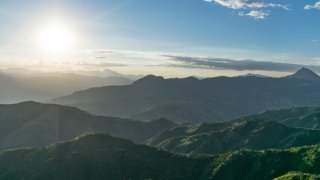
2. Medellin and Antioquia
Medellin and Antioquia
This department is located in the North-West of Colombia and extends from the Andes to the Carribean coast. It's capital, Medellin, the second urban metropolis after Bogota, is - hands down - the most dynamic city of the country.!Visit sites such as El Peñol, or the villages of Guatape and Santa Fe de Antioquia. Discover one of the most beautiful region of Colombia, well known for the friendless and warmth of the Paisa people.
Interactive presentation of the Antioquia region.
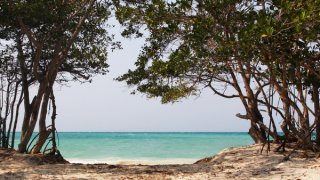
3. The Atlantico
The Atlantico
Located in the north of Colombia, the Atlántico is surrounded by the Carribean sea and departments of Bolivar and Magdalena. It is the most populated region of the country. Before the continent was discovered by the Europeans, the land was occupied by indigenous people whose warriors were considered as the bravest of the land. The main attraction of this region is undeniably the festival of Barranquilla, which attracts thousands of visitors each year:
Interactive presentation of the Barranquilla Carnival.

4. Bogota and Surroundings
Bogota and Surroundings
Located in the center of the country, this area is the cradle of the Muisca culture. Discover the political, economic and cultural capital of Colombia, Santa Fé de Bogota. Located at 2,600 meters above sea level at the foot of the eastern chain of the Andes, known for it's rich cultural and historical heritage, Bogota today is a vast metropolis with a population of nearly 8 million inhabitants.
Discover this city of contrasts. Let yourself be captivated by the pulsating rhythm of the busetas, the picturesque atmosphere of the Paloquemao market, or the bohemian atmosphere of the Candelaria, the colonial quarter.
Interactive presentation of the Cundinamarca region.
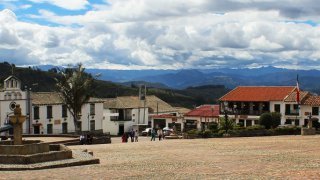
5. The Boyaca
The Boyaca
Declared independent in 1813, the Boyaca region was the birthplace of the Muisca people. Even though its capital is Tunja, Villa de Leyva is undeniably the region's main hub. Thanks to a fascinating archeological past, you'll have opportunity to discover dinosaur bones and fossils that were found and kept on site! The towns of Raquira and Monuira are a must-see on your visit to this beautiful region.
Interactive presentation of the Boyaca region.

6. Cartagena
Cartagena
The capital of the Bolivar region, Cartagena is a colonial city on the Atlantic cost of Colombia. Founded in 1533 by Pedro de Heredia, this amazing city was a bastion of the Spanish empire for nearly three centuries.
Nowadays, Cartagena is a UNESCO World Heritage site...and so are the fortifications that surround the city! The harbor of Cartagena has played a strategic role in commercial relations with Spain, and Cartagena's military fortifications have been considered to be among the most complete defense system of South America:
Interactive presentation of Cartagena de Indias.

7. Los LLanos
Los LLanos
The region of Los Llanos is characterized by huge rivers flowing from the Amazon or the Orénoque, East of the Andes. Home to very few people, the region is wide and unspoiled territory, home to untouched wildlife. Farming and horseback riding are a large part of the cowboy culture widely practiced here. You'll feel South Western vibes Villavicencio, a modern city and the capital of the region. This is the last frontier before reaching Colombia's plains, Los Llanos:
Interactive presentation of Llanos.
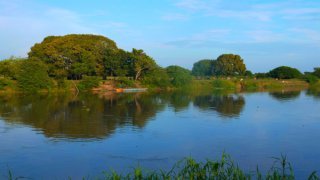
8. César
César
In North East of Colombia, this region is home to a strong indigenous culture. Here, livelihoods are made in agriculture, animal farming and the mining industry. Founded in the 16th century, Valledupar, the capital of the department is also the capital of the Vallenato. César is surrounded by the Sierra Nevada of Santa Marta and the Guajira to the North (two areas where important indigenous communities live) and by the Andes and Venezuela to the West. This region is the first producer of Colombian cotton and a region still that is still untouched and largely unaffected by mass tourism. Each year during the last week of April, the Festival de la Leyenda Vallenata (a Vallenata legend) takes place in Valledupar, one of the most popular folkloric event in Colombia.

9. The Pacific Coast
The Pacific Coast
Stretching 1,300 kilometers long, with it's nature parks and reserves, the Colombian Pacific coast region is the perfect destination nature and ecotourism lovers. The Choco is the ideal starting point to enjoy untouched beaches and hike in the heart of the jungle as you observe the tropical flora and fauna. There, the warm waters of Nuqui and Bahia Solano attract humpback whales during mating season which occurs annually between June and October. Diving lovers cannot miss a trip to explore the seabeds of Gorgona and Malpelo, where you'll find coral, colorful tropical fish, sea turtles and more. This region is also a top destination for surfing, sport fishing, and bird watching!
Interactive presentation of the Pacific.

10. Darién
Darién
Nestled between Panama and Colombia, the Darién region marks the limit between Central America and South America. On the Colombian side, the Darién is located in the Choco department. This isolated region is home to wetlands, beaches and forests, as well as strong Afro-Carribean roots. With its deserted beaches and tropical forests, it is a true slice of paradise. Go hiking off the beaten path to discover the tropical plants and wildlife or go turtle watching on an untouched beach. The Darién invites you to discover a world still largely untouched by tourism.
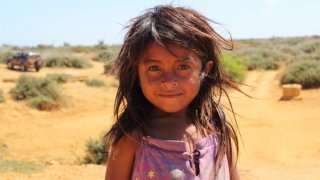
11. La Guajira
La Guajira
Bordered by the Caribbean sea and Venezuela, the Guajira Peninsula is a key ecotourism destination. From the breathtaking colorful deserts to the vast beaches dotting the Caribbean coast, this region will surprise you with it's landscapes and it's people.
We offer authentic trips that will allow you to meet the Wayuu people and learn more about their strong traditions and values.
Take in the contrasted and panoramic views betwen Riohacha and Cabo de la Vela, visit the Manaure Salinas or the Flamingo Sanctuary, hike in the Macuira National Park or kite surf along Punta Gallinas.
Interactive presentation of the Guajira Desert.
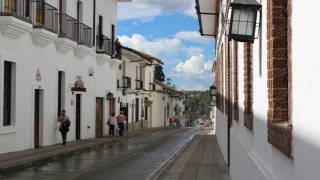
12. Huila & Cauca
Huila & Cauca
Considered a world heritage site since 1995, the San Agustin archeological park is a unique place with hundreds of ancient statues.
In the village of Silvia, immerse yourself in the local Guambiano culture at the colorful weekly market.
Nearby, the white city of Popayan, 1,737 above sea level, is the picture of colonial charm with famed architecture and cobbled squares.
Take a trip hundreds of years in the past, to discover what secrets lie in the mysterious underground tombs of Tierradentro.
Interactive presentation of the St. Augustine region.
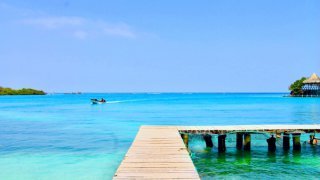
13. Carribean Islands
Carribean Islands
The archipelaego along Cartagena, with its white sandy beaches, exotic scenery and crystal clear waters is the perfect destination for beach bums and nature lovers alike. Nearly 30 islands make up a protected natural park with a large population of exotic fish, making it one of the richest ecosystems in the Caribbean. Take in the sun, visit the San Martin aquarium, enjoy fresh caught lobster or explore the underwater life...
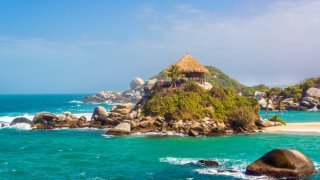
14. The Sierra Nevada and the Tayrona Park
The Sierra Nevada and the Tayrona Park
Located in the north of Colombia, on the Atlantic coast, the Magdalena is a region with a population of 1.4 million.
Nestled in a heavenly bay, the port city of Santa Marta is one of the oldest metropolitan areas in Colombia. This small friendly city was the last residence of Simon Bolivar, a great leader in South America's revolution. This is the perfect starting point for a trip to Tayrona National Park, where you'll find idyllic beaches and lush vegetation. Depart on a trek to the Lost City, home to the Kogi people of the Sierra Nevara, or discover the green landscapes of Minca and the fishing village of Tagana.
Interactive presentation of the Magdalena region.
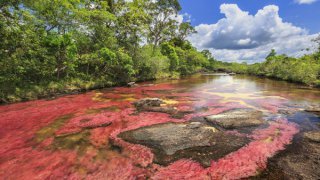
15. The Meta
The Meta
The Meta department is one of the widest in Colombia. This rural region, is still somewhat isolated from modern Colombia is gifted with amazing landscapes and a diverse flora and fauna.
This region is made up of three different zones: a mountainous region to the West, the Amazon to the South and the vast plains of Los Llanos in the center. The Meta is home to at least sixteen different ecosystems from lowlands and savannahs to Andean forests and highlands with cold temperatures. This destination is ideal for nature lovers, ecotourism adventurers and ornithology enthusiasts.
Discover the untouched nature and the multicolored river Caño Cristales. The river puts on its best show after the rainy season, you'll see hues of yellow, blue, green, black and red. This unique natural phenomenon is due to the presence of endemic seaweeds, the macarenia clavigera.
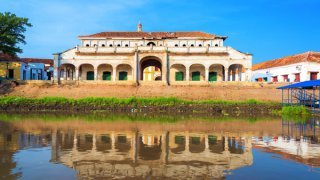
16. Mompox
Mompox
Santa Cruz de Mompox, located on the banks of the Rio Magdalena, is a unique example of colonial city and a world heritage site. It is best known for its baroque churches and its silverware workshops, famous intricate metalwork and craftsmanship (filigrana momposina).
Nestled between two rivers, Mompox played a key role in Colombia history as the first city to declare its independence against Spain. Nowadays, time seems to stands still here.
Only the chaos of Holy week festivities, some of the most famous in South America, can disrupt the tranquility.
Interactive presentation of Santa Cruz de Mompox.
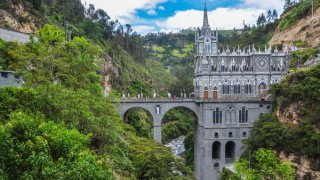
17. Nariño and Putumayo
Nariño and Putumayo
Somewhat off the beaten path, the departments of Nariño and Putumayo, border to Ecuador, are full of treasures to discvoer. The city of Ipiales is home to the famous Las Lajas Cathedral, built in the cliffs of the Andes.
Stop in the city of Pastro, at the foot of the Galeras volcano and discover your surroundings. The Laguna Cocha, a mini version of Lake Titicaca, is located just 24 kilometers from Pasto on the road to the Amazon. Here, you'll find a sanctuary of flora and fauna located on the small island of Corota in the middle of the lagoon. The city of Pastro host and annual White and Black carnival each January.
Interactive presentation of the Nariño region.
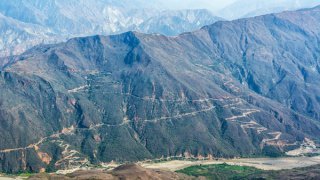
18. The Norte Santander
The Norte Santander
The Norte de Santander, located in the North East of the country, is part of the Andes region. It is borded by Venezuela to the North and to the East, by the departments of Boyacá and Santander to the South and by the César department to the West. Its capital, Cúcuta, is an important economic and commercial center of the country, due to its natural resources and its geographic location.
The Norte Santander is the birthplace of several Colombian celebrities: Colombian Independence leader Francisco de Paula Santander, famous aviator Camilo Daza, former president Virgilio Barco, José Eusebio Caro (important writer and founder of the conservative party) and tennis star Fabiola Zuluaga.

19. The Coffee Region
The Coffee Region
Out of all the regions in Colombia, the 'Coffee Triangle' is one of the country's top must-see destinations. From it's huge coffee plantations to the snow-capped summits in the background, the 'Eje Cafetero' gathers the departments of Quindio, Risalda and Caldas. On these Andean highlands with altitudes from 800 to 1,800 meters above sea level, 10% of the world coffee supply grows. This region offers a multitude of activities: hiking in the Cocora Valley, trekking through the Nevados park, discovering the nation's coffee culture with a visit to a finca, horseback riding through the region...and more:
Interactive presentation of the coffee region.
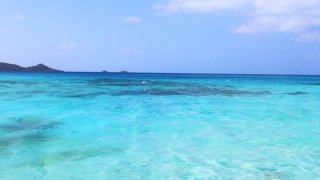
20. San Andres & Providencia
San Andres & Providencia
The archipelago of San Andres, Providencia and Santa Catalina, in the Caribbean sea feels like paradise. Imagine an island with warm and crystal clear waters, a blue and sunny sky, lush and tropical forests, legends of pirates, colorful houses and friendly people...
This hilly island, surrounded by a coral reef barrier, is a dream in the middle of the ocean. The richness and beauty of it's seabed gave it UNESCO title of 'World Biosphere Reserve'.
What other place in the world could be called "the Flower of the Ocean"?
Interactive presentation of San Andres island.
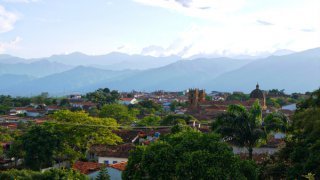
21. The Santander
The Santander
From breathtaking landscapes to typical villages Santander is a key destination. Nestled in the highlands overlooking the Suarez river, Barichara is considered one of the most beautiful cities of the country. Head back to Barichara after a long day explore to enjoy the tranquility of the Colombia town, where several telenovelas have been filmed.
San Gil is the starting point for rafting and kayaking excursion. The impressive Chicamocha canyon hides majestic waterfalls and unspoiled nature.
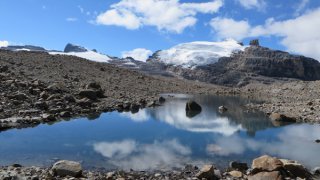
22. The Sierra Nevada del Cocuy
The Sierra Nevada del Cocuy
The Sierra Nevada del Cocuy is one of the most beautiful and impressive mountain chains in South America. The El Cocuy National Parc, with it's peak Ritacuba Blanco (5, 330 meters above sea level), attracts an increasing number of hikers each year. Several trekking trails allow you to discover the region, from amazing landscapes to glacial lakes, from diverse vegetation to snow capped summits.
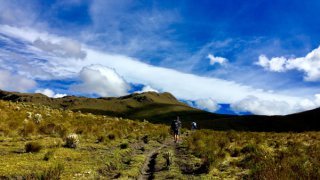
23. Le Tolima
Le Tolima
In the middle of the Andean zone, this region is located between Bogota and the coffee region. Its capital Ibagué is known for it's warm climate and it's culinary specialties, such as Tamale (a dish cooked in banana leaves) or Lechona (stuffed suckling pig). Each year the Festival of National Folklore that takes place in Ibagué, known for it's musical culture and traditions.

24. The Valle del Cauca
The Valle del Cauca
Though the Valle del Cauca is famous for its capital Cali, the emblematic city of Salsa this region holds other treasures as well! 500 kilometers from the Colombian coast, lies the island of Malpelo, whose exceptional underwater biodiversity attracts divers from all over the world. Cali is also one of the gateways to the island of Gorgona, another preserved natural site. This national park is host to humpback whales annually from July to October.







